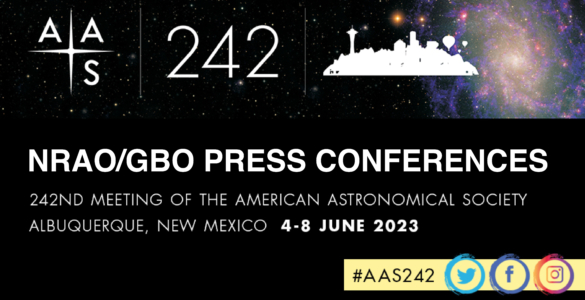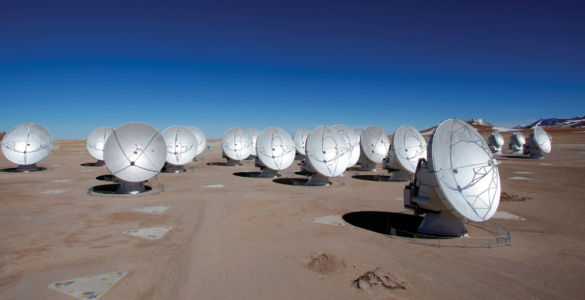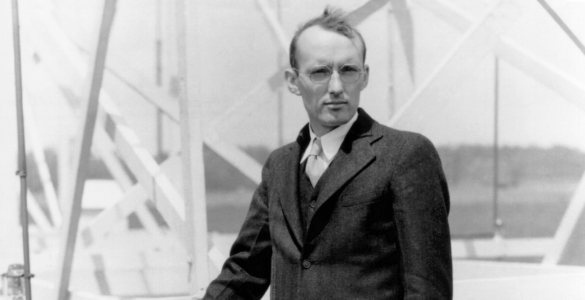Latest NRAO News
News is managed by NRAO News & Public Information. Questions about News? Have a story to share? Want to interview a scientist or create new media about our telescopes?

New scientific results from the Very Long Baseline Array (VLBA), the Very Large Array (VLA), and the Green Bank Observatory (GBO) will be revealed at multiple press conferences during the 242nd meeting of the American Astronomical Society (AAS) from June 5-7, in Albuquerque, New Mexico.

Associated Universities, Inc. (AUI), has selected the recipients of its 2023 AUI Scholarship, each of whom will be awarded a $3,500 renewable scholarship ($14,000 over four years to each scholar) to support their academic careers. This year, 19 outstanding high school seniors were selected based on their academic achievement, community involvement, and leadership skills.

Two student researchers from the National Radio Astronomy Observatory’s National Astronomy Consortium (NAC) program were each awarded the prestigious Chambliss Astronomy Achievement Student Awards medal during the 241st proceedings of the American Astronomical Society (AAS).
Doni Anderson and Miguel Montalvo Hernandez, undergraduate researchers who completed their NAC summer research projects in 2022, each received a Chambliss medal for exemplary research in astrophysics.

The National Science Foundation’s National Radio Astronomy Observatory (NRAO) has launched two new funding opportunities for student researchers at U.S. institutions through the Student Observing Support (SOS) program and the NRAO/GBO Post-Bacc Program— a collaborative effort with the Green Bank Observatory (GBO).

A new exhibition series celebrating New Mexico’s dark skies will include rare nighttime photography of the National Science Foundation’s Karl G. Jansky Very Large Array (VLA) by renowned dark skies photographer Bettymaya Foott. Dark Sky Land Exhibition Series No. 1 / DARK – The Astronomers, which features images from 20 photographers and artifacts from the Astronomical Lyceum Collection, opens on May 6th at Warehouse 1-10 in Magdalena.

Note: This article is a collaborative work of Ken Kellermann, Ellen Bouton, Heather Cole, and Jeff Hellerman. Before 1933,…





